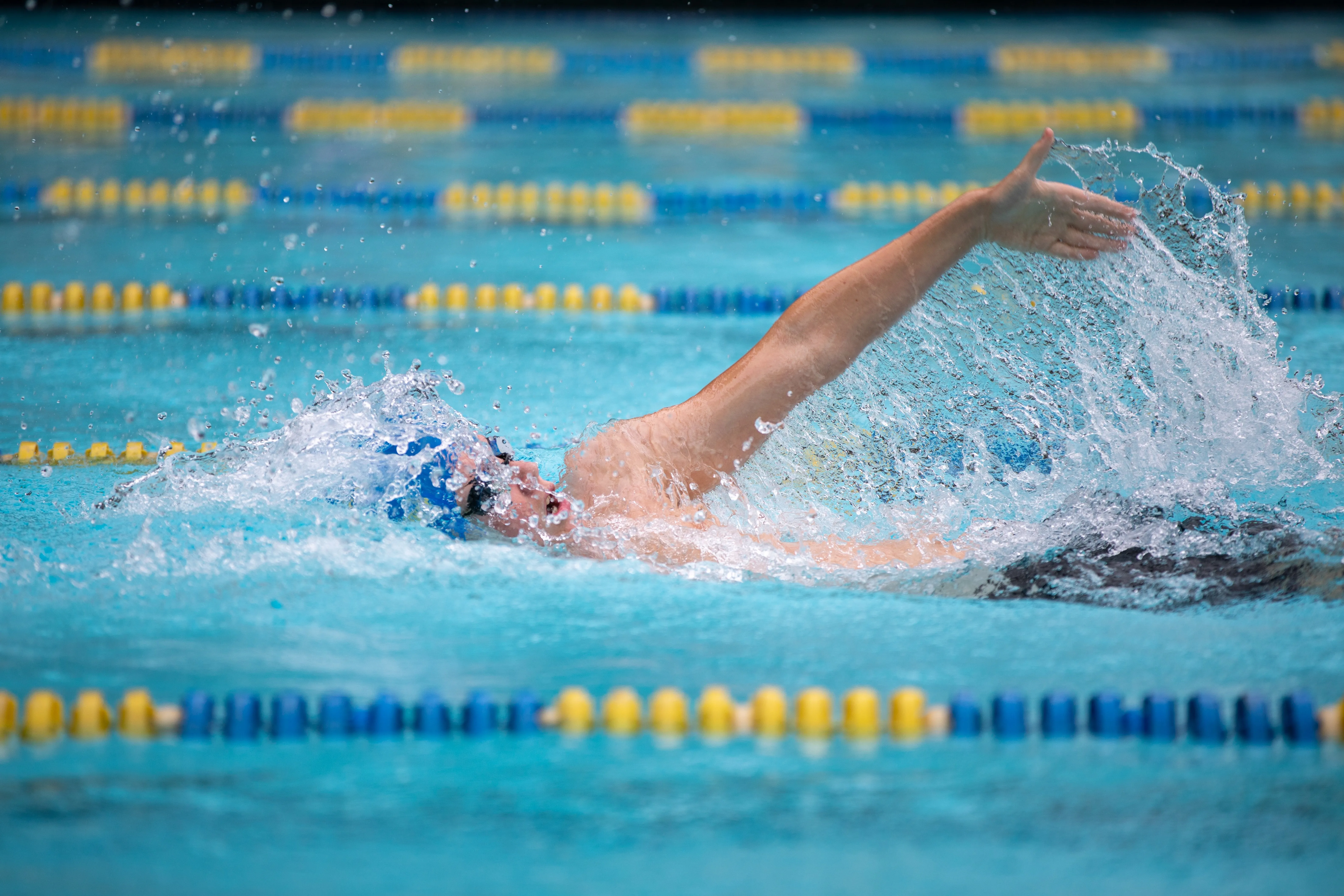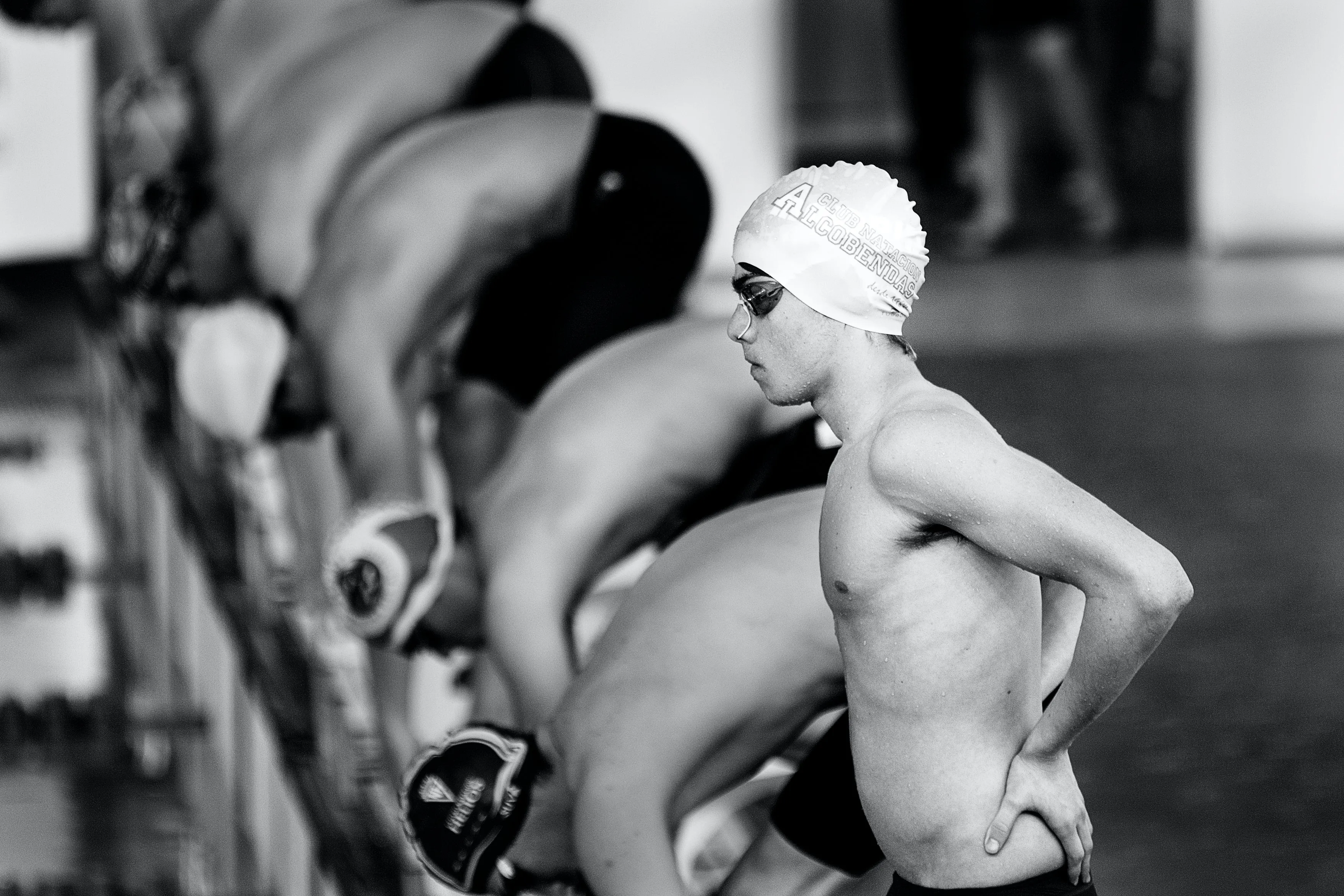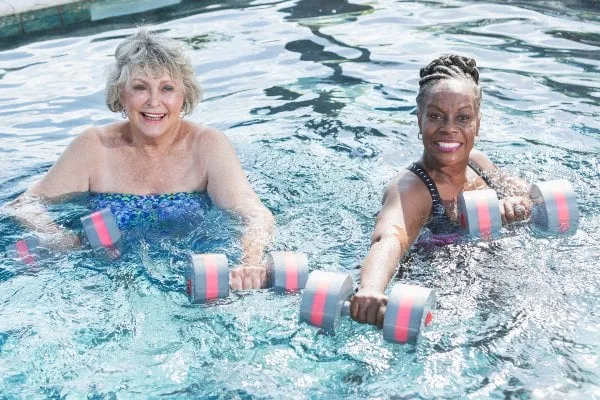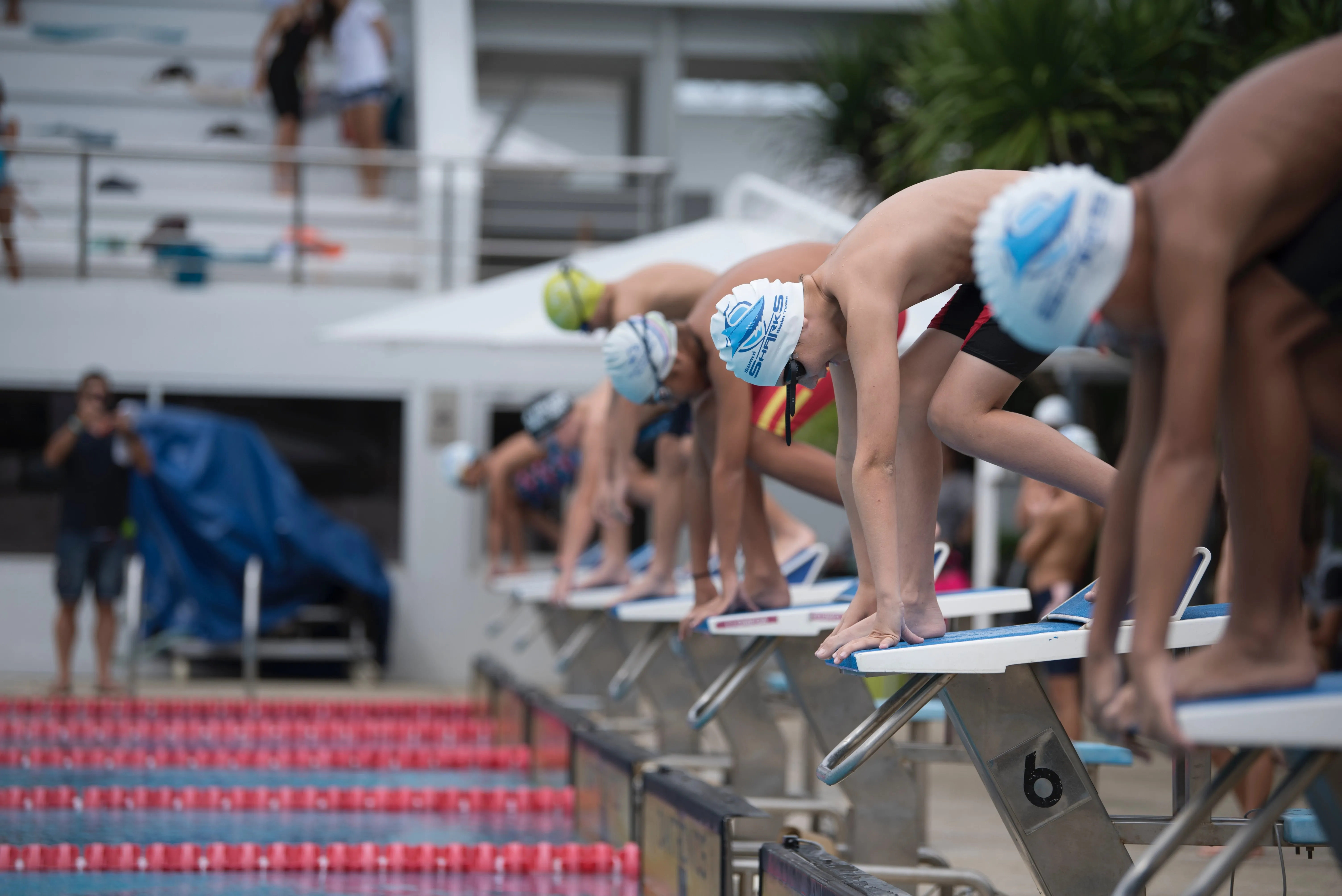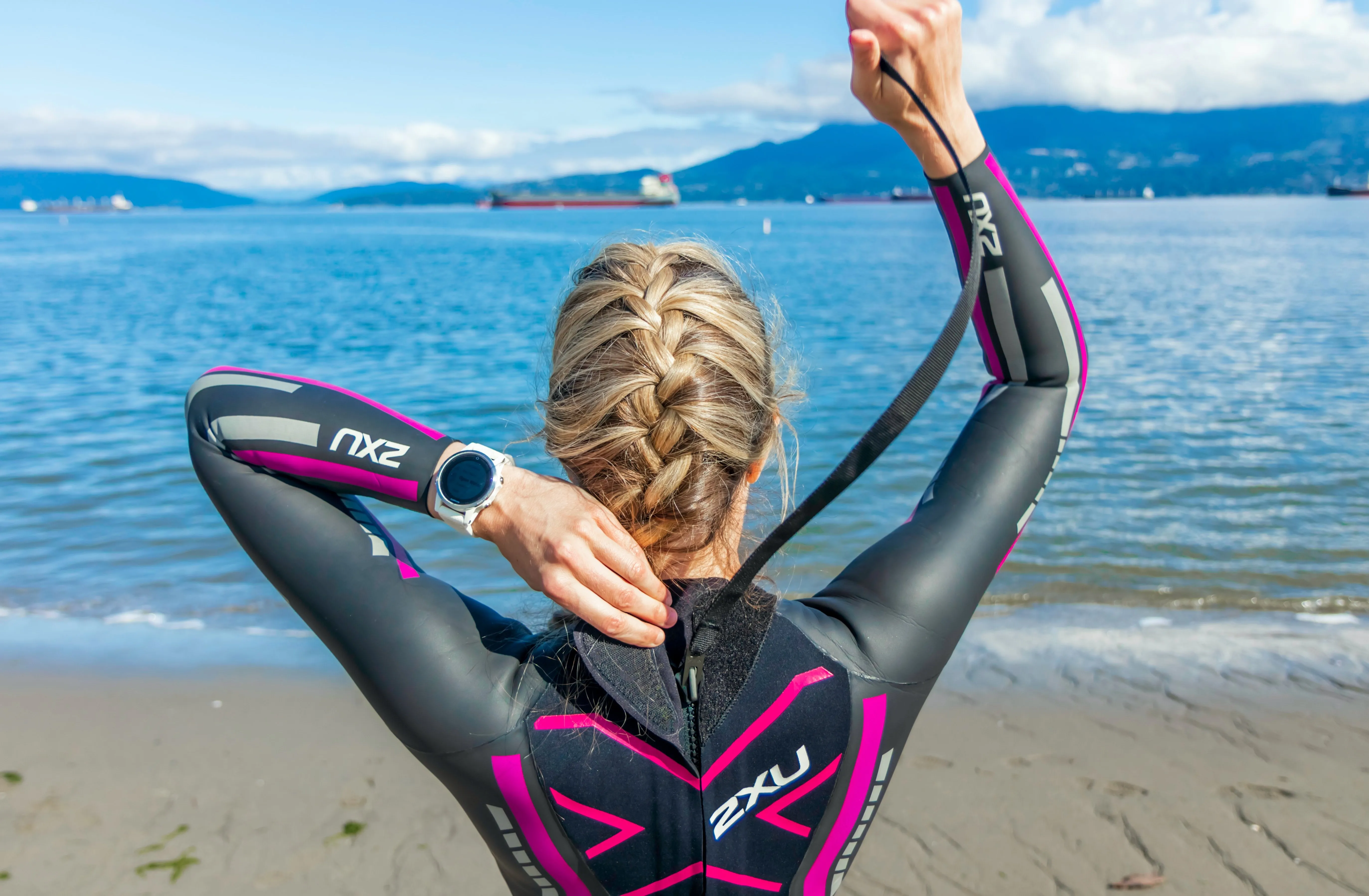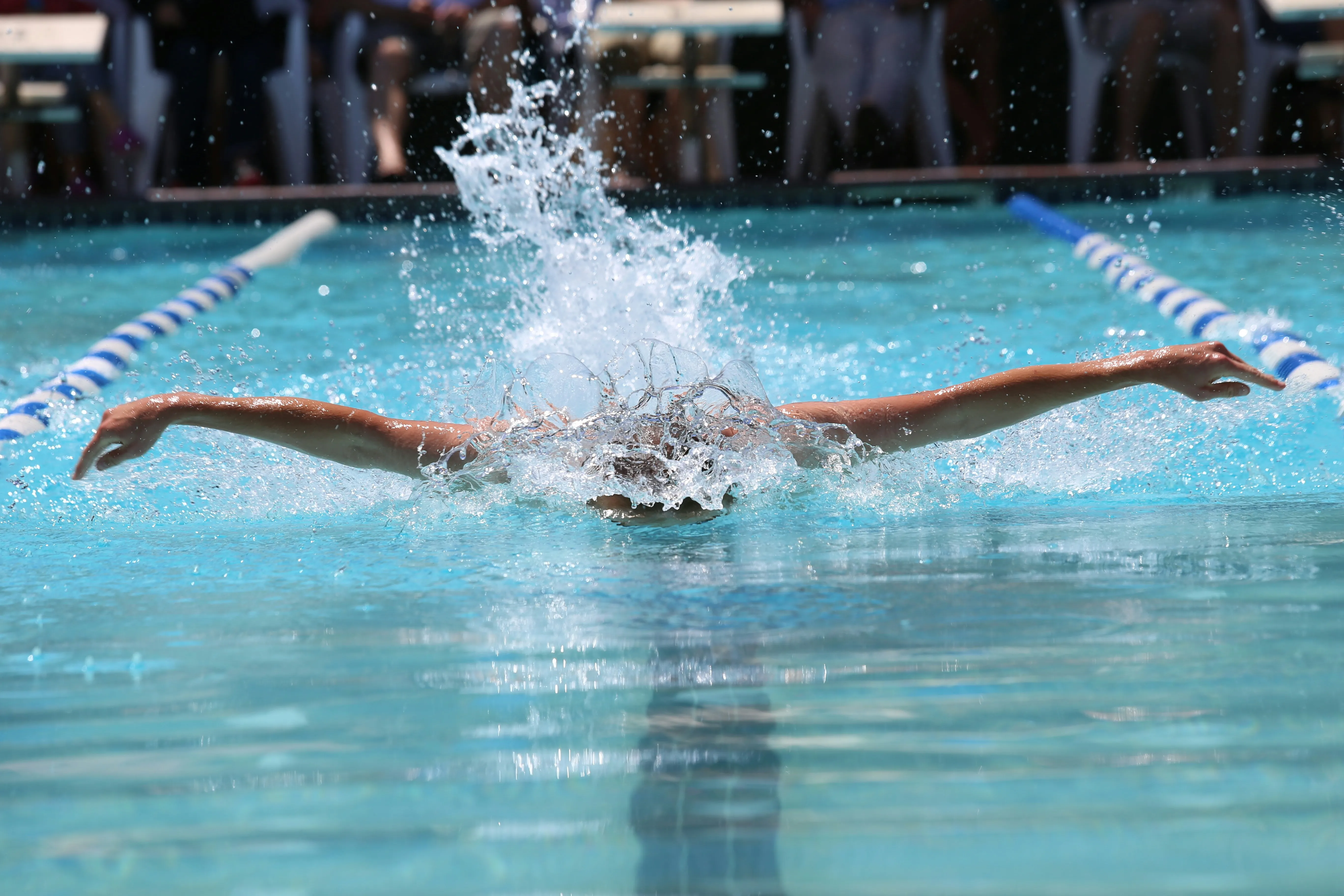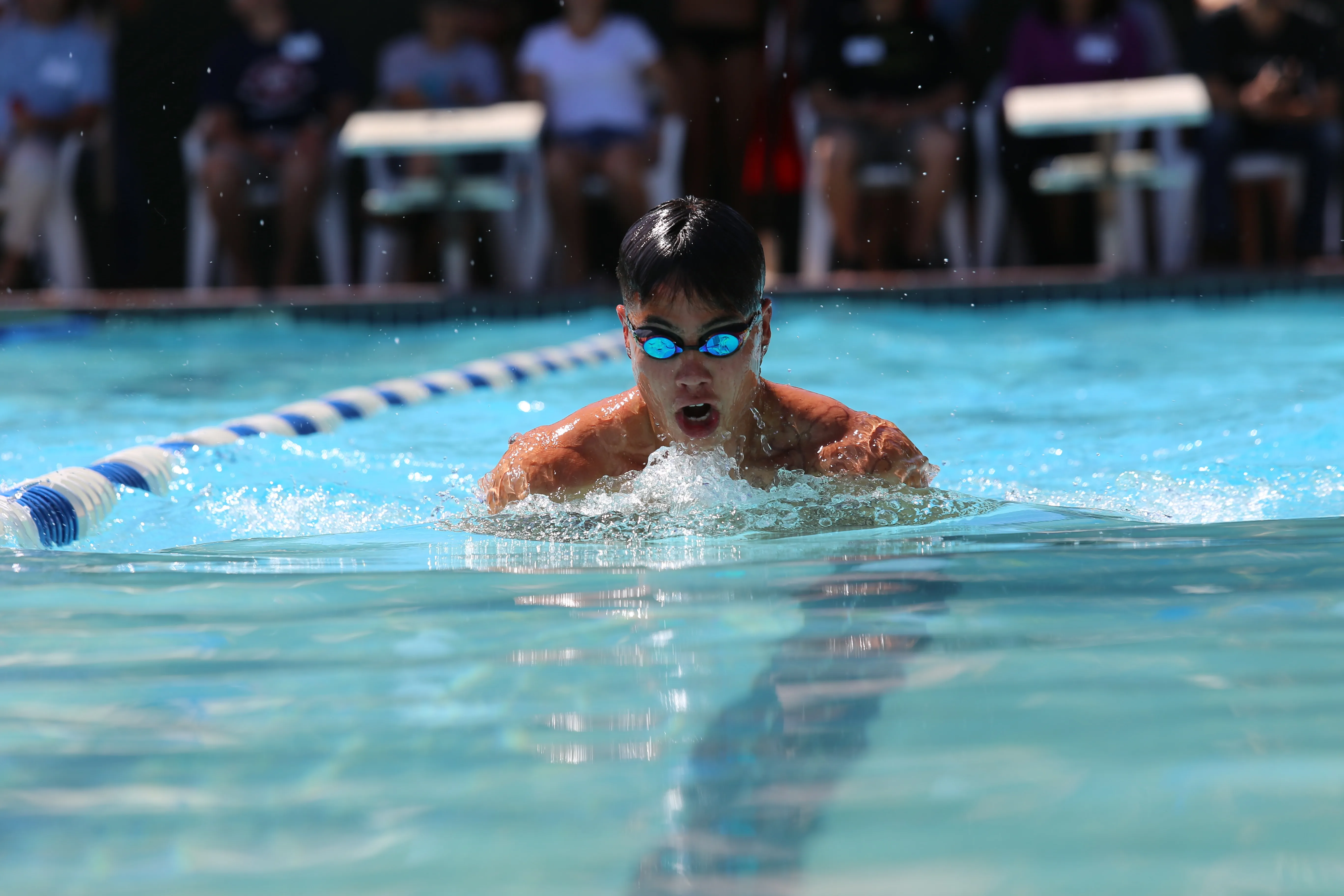Injury Prevention and Recovery: Tips for Swimmers

Swimming is an excellent form of exercise, lauded for its low-impact nature that is gentle on joints. However, like any physical activity, it carries a risk of injuries, particularly with improper technique or overuse. So, how can you prevent common swimming injuries, and, if they occur, what's the best way to recover? This guide explores strategies for injury prevention and recovery, ensuring that you can enjoy swimming safely and healthily.
Understanding Common Swimming Injuries
Swimming injuries usually result from overuse, incorrect technique, or a lack of strength and flexibility. Common types include:
1. Swimmer's Shoulder: Overuse injury caused by repetitive arm rotation, leading to inflammation and pain in the shoulder.
2. Breaststroke Knee: Knee pain due to the whip kick motion in breaststroke, particularly affecting the inner part of the knee.
3. Lower Back Injuries: Usually due to the hyperextension of the spine in breaststroke and butterfly.
Now, let's explore how you can prevent these injuries.
Injury Prevention Strategies
Incorporating injury prevention strategies into your training can keep you swimming stronger and longer. Here are some effective methods:
1. Correct Technique: Proper swimming technique is key to minimising injury risk. Make sure you're using proper form in all your strokes.
2. Incorporate Strength and Conditioning Work: Having strong, conditioned muscles can help you maintain the correct technique, especially when fatigued.
3. Focus on Flexibility: Flexibility can improve your range of motion and decrease the risk of strain injuries. Incorporate stretching into your routine, focusing on your shoulders, hips, and ankles.
4. Gradual Training Increase: Avoid increasing your training volume or intensity too quickly. A gradual increase gives your body time to adapt.
5. Rest and Recovery: Allow your body time to rest and recover, particularly after intense training sessions. Remember, rest is an important part of training.
Injury Recovery Strategies
In the unfortunate event of an injury, following a proper recovery strategy is crucial to getting back in the pool:
1. Rest: Stop the activity causing the pain and allow your body time to heal.
2. Ice and Heat: Use ice to reduce inflammation and heat to promote blood flow and healing.
3. Physiotherapy: A physiotherapist can guide you through rehabilitation exercises to restore strength, flexibility, and function.
4. Gradual Return to Swimming: When returning to swimming after an injury, start slowly and gradually increase your intensity and volume.
Preventing and managing injuries is an integral part of a swimmer's journey. Every step you take towards injury prevention and recovery doesn't just bring you closer to optimal physical health, but also to a swimming experience that's safer, stronger, and more fulfilling.
So, as you dive into the pool, remember to extend your mindfulness beyond your strokes and breath. Listen to your body, respect its signals, and ensure you're swimming not just with power and speed, but also with safety and care. After all, a healthy swimmer is a happy swimmer!


